Natural and cultured yeast are both used in the Douro Valley but in different ways
One of the winemaker’s most important decisions is if he should use native yeasts or selected yeast strains for the fermentation. In this guest article Oscar Quevedo from the Quevedo Wines estate in the Douro explains the difference and why both types are used frequently in the Douro Valley. But for different types of wines.
One of the key elements, if not the most important after the grape in the winemaking process, is the yeast. Why is yeast so important? Because despite its small size (around 0.003 mm), this micro-organism has the very important task of transforming fructose into ethanol, the form of alcohol present in wine. The yeast can also have a strong impact on the character of the wine.
Yeast is present on the surface of the grapes and in the vines. Once the grapes are crushed, yeast starts its mission: it immediately begins transforming the sugar of the grapes into alcohol. Broadly speaking, it can tolerate temperatures between 10 C and 35 C; the higher the temperature, the quicker yeast works and reproduces itself. But over a certain temperature there is a risk of deviations or simply that the fermentation stops.
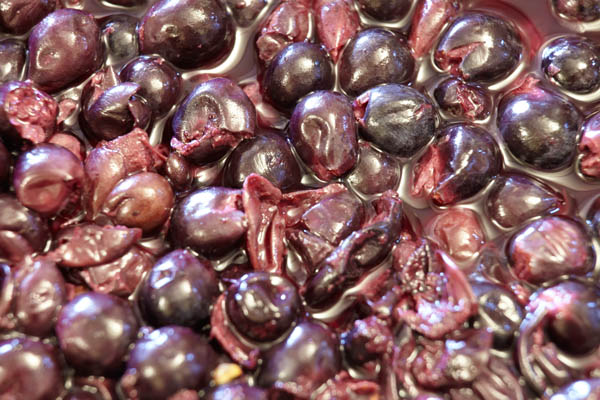
Are all yeasts equal?
But are all yeasts the same? No. Different vineyards within the same country or region have different yeasts. And which are the best? Probably there is no answer to that question as it depends on the kind of aroma and taste the winemaker prefers.
When the grapes arrive to the winery, the winemaker has two options. He can rely on the native yeasts that have been adapted to the local terroir. This is sometimes called “natural” yeast or indigenous yeast, since it is what is already “naturally” present on the grapes. Or he add a selected yeast, that is very likely brought from another wine region, possibly in another country, and was developed in laboratory to drive the fermentation into a certain kind of flavours and tastes. (1) Selected yeasts are sometimes called “cultured” yeast or even “industrial” yeast.
Yeasts in the Douro Valley
In the Douro we have two realities, depending if we are talking about Port or still wine. From what I see, I would say that most of the Port is made with native yeast.
On the other hand, for the Douro wines (2) a generous number of producers use selected yeast.
The fact that, within the same region, in the Douro, for one kind of wine we usually use native yeast and for another we rarely use it, is curious but not difficult to explain. Port is a worldwide reference; it is copied, imitated and even faked in several wine regions, little-know as well as respected wine regions in the world. But it looks as if no other place but the Douro can make something as fantastic as Port. And besides grape quality and winemakers’ skills developed through centuries, yeast plays a very important role. Thus, Port winemakers trust that the best yeast they can use is in the vineyards. Since centuries.
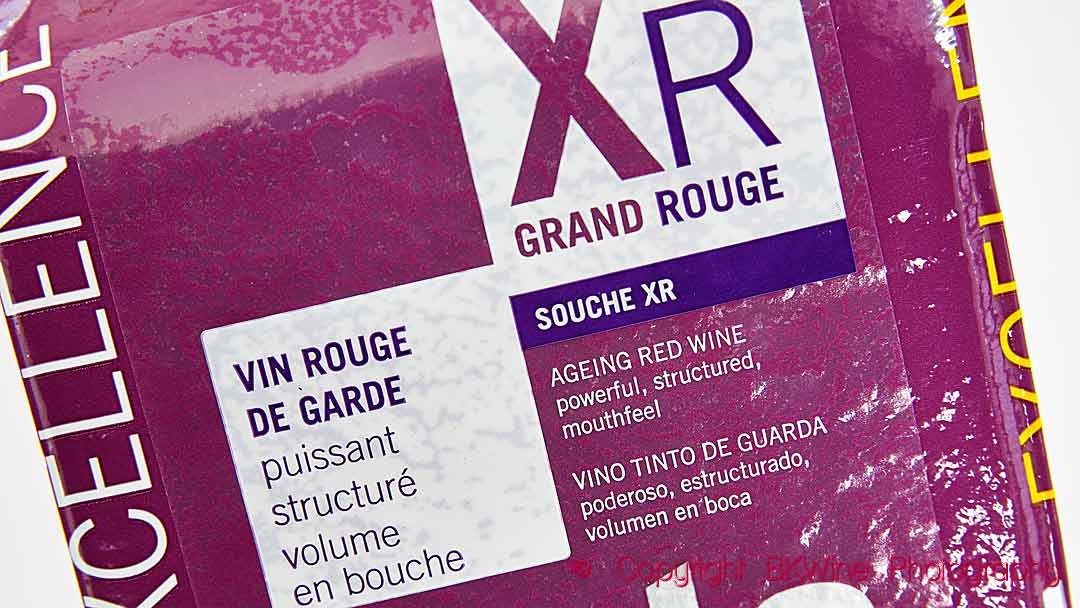
Buying insurance?
But then why use selected yeast in the still wines? It is like buying an insurance. You know that if all goes right the insurance is not necessary, but if it goes wrong, insurance guarantees you don’t lose everything.
In our case, as I guess you want to know, we use native yeast for all our Quevedo Ports, except for the rosé. And for our Douro table wines, we do sometimes buy an insurance!
In the future I think very “commercial” wines will continue to use selected yeast. But as yeast research develops, the number of selected yeast available will rise and more wine regions will use their own lab selected native yeast.
Is there any question about winemaking that you have been keeping for sometime and want to make now?
Ask it and we will try and answer it!
— by Oscar Quevedo
Editor’s notes:
(1) The selected yeasts can of course also come from the wine region itself. On rare occasions the winery have even developed its own very local strain of selected yeast(s).
(2) “Douro wines” refers to the “table” wines of the Douro, i.e. the wines that are not fortified.
Oscar Quevedo runs Quevedo Wines together with his sister Cláudia Quevedo and the whole Quevedo family. The estate produces a wide range of port wines (famously their vintage and old tawnies) and Douro table wines. The port range includes the Quinta da Alegria. The Quevedo winery is located in San João da Pesqueira, a small town in the upper Douro Valley.
This article has appeared in a shorter version on the Quevedo blog.
[box type=”info”]The Quevedo Winery is often on our schedule for our Douro Valley wine tours. Why not take a look on our travel schedule if you would like to see close-up how winemaking is done in the Douro Valley?[/box]
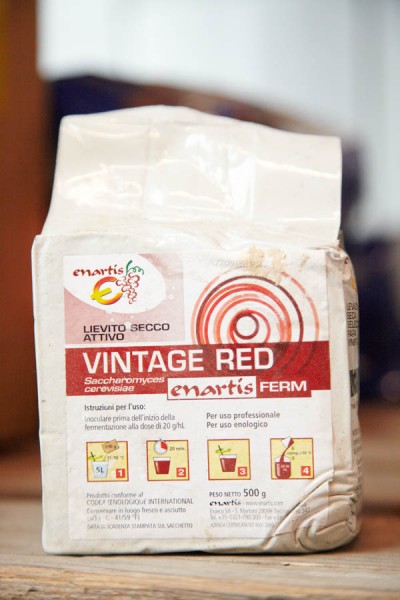


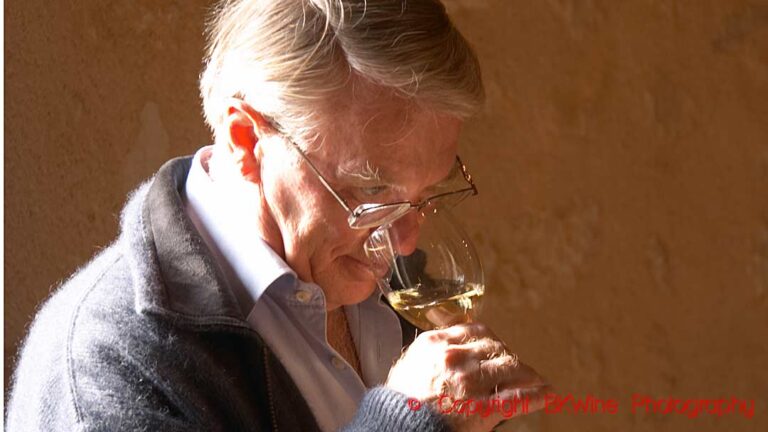
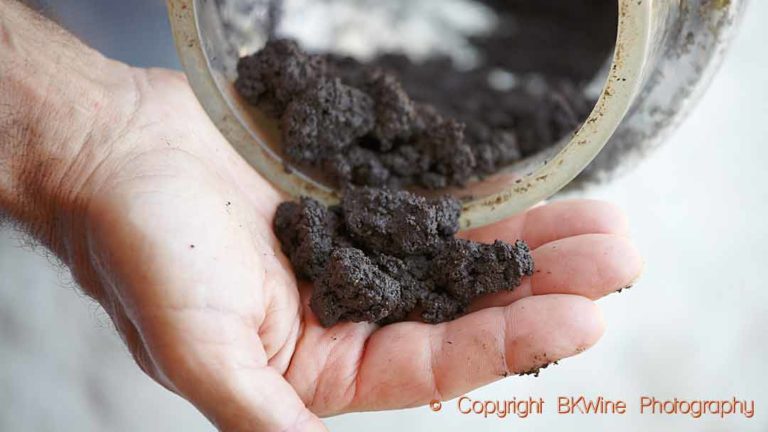
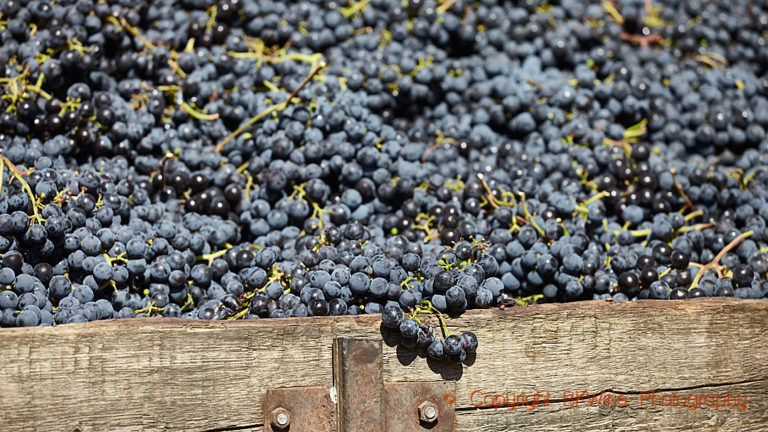






7 Responses
Hi Oscar,
Some people say when you once use cultured yeast part of it will be in your yeast flora next year. So by using cultured yeast for your Douro wines you can destroy or at least change your yeast for port. What’s your opinion?
Mika,
This is a great point, and actually, I agree with what you say. The winemaker need to be careful regarding which fermentation tanks to use to make wines from selected yeast. This means that the inoculation shall always happen in the same tanks, so yeast will find it more difficult to migrate to other tanks. So one option is to use always the same tanks for the same styles of wines. But we can’t assure there is no contamination.
It is hard to believe that you can keep the yeast separate. In real life you probably use same yeast in both port and still wines. However, you don’t have to add yeast to port because there is already yeast around from still wine making. In addition port ferments only short time so nothing cannot go wrong during those couple days before fortification which kills the yeast anyway.
Hallo Oscar!
Thank you for the text. We are a very small vinery. We pick the grapes ourself in Tuscany 10 000 kg. Bring them to Sweden and make the hole work here. But we allays put “cultured” yeast after two days. Just to be sure that the fermentation starts. How can you be sure that your “natural” yeast is there and will start the process in time. How can you control the level of yeast.
Johan “Wine Maker” Zälle
Dear Johan,
Sorry for my very late reply. Actually, as you and Mika say, we probably have the same yeast for both Port and Douro fermentation. We don’t really know about that, unless we make a yeast cultivation analysis, which we never did.
However, there is something that may say the contrary. Every year, the first fermentations take always longer to start. This is probably because there is not enough number of yeast from previous fermentations (which the last was in the year before if this is the first fermentation) and it takes longer for the native yeast that comes with the grapes to dominate the environment. After the third or fourth fermentation in the same tank, everything goes quicker.
My favorite wine is an old Port. My father and i made some wine 1964 with yeast from a company named saturnus. After fermentation we separate half of the volume to a similar cask an tock the dead yeast and saturated a tbe-gas with cotton an handed it down to the surfase fo at least two months. The flavour was very nice and “portlike”. Now in Sweden i cant get yeast that have this effect. I have tried four times with the same result so now I have 40 litres of Wine with weak smell and nothing taste like port. I have 2 bottles left from the seventies and they are portsmelling but lose their smell after open them after let´s say two days.Whreb can i get some yeast portmaking companies? os natural penicilliumtribes from the region of Duoro??
Best regards Sven C-N